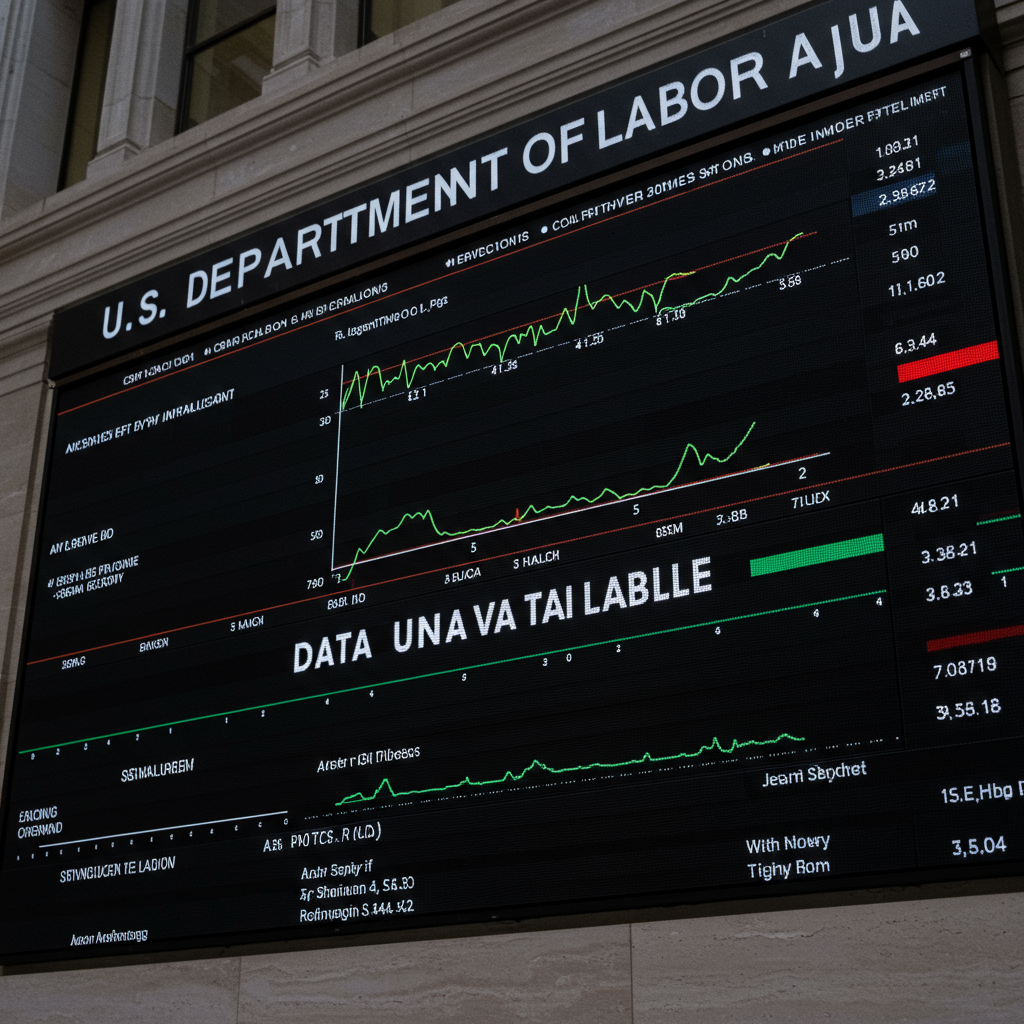The United Kingdom has secured a crucial, albeit temporary, reprieve from a significant increase in US steel import tariffs. While welcome news for the UK steel sector, the relief comes with a ticking clock, placing pressure on negotiators to finalise a broader trade agreement by a looming deadline.
Dodging a 50% Tariff Hike
Until recently, there was considerable uncertainty within the UK steel industry and government circles. The US had announced it would double tariffs on imported steel for many countries, raising them from 25% to a punitive 50%. Despite the UK having reached a preliminary agreement with the US on May 8th to move towards zero tariffs on metal imports, it wasn’t guaranteed the UK would be exempted from this new, higher rate before that wider deal came into effect.
Industry leaders and officials reportedly operated under the assumption they would face the 50% tariff like others until the May 8th pact was finalised. A “palpable sense of relief” swept through UK trade circles when President Donald Trump’s latest executive order confirming the tariff increases specifically included a carve-out for the UK. This exemption helped the UK government avoid potential diplomatic embarrassment, particularly after having previously lauded the May 8th tariff agreement as “historic.”
A Tight Deadline Emerges
However, the exemption is conditional. The same announcement specified that if the May 8th deal, which aims to reduce tariffs on metals to zero via a quota system, is not formally finalised by July 9th, the UK’s steel tariff rate will indeed revert to the steep 50%.
This creates a period of significant uncertainty for businesses on both sides of the Atlantic. For the next few weeks, companies are unsure whether tariffs will ultimately be zero or 50%, a situation anecdotally described as having a “corrosive effect on business planning and investment.”
Despite this tight timeframe, officials on both sides appear committed to ratification. UK Business Secretary Jonathan Reynolds and US Trade Representative Jamieson Greer have reportedly agreed to accelerate efforts to ensure the deal benefits customers in both the US and UK as quickly as possible.
Beyond Steel: The Broader UK-US Deal
The May 8th agreement that needs finalising by July 9th is a more comprehensive package than just steel. It represents a partial rollback of some recent Trump-era tariffs impacting key UK sectors and involves mutual concessions.
Key elements of the deal reportedly include:
Steel and Aluminium: While aiming for zero tariffs, the mechanism involves establishing a quota system for UK imports into the US, similar to arrangements that existed previously. This replaces the prior 25% tariff.
Cars: The US agreed to reduce the import tax on a set number of British cars (up to 100,000 per year) from a recent 25% rate back down to 10%. This provides relief for luxury carmakers but the quota could limit potential growth.
- Beef: A mutual agreement allows for the import of up to 13,000 metric tonnes of beef from the other country, significantly expanding market access for US beef exports to the UK.
- https://www.bbc.com/news/articles/cwy6xz76z32o
- https://www.bbc.co.uk/news/articles/cwy6xz76z32o
- https://www.bbc.com/news/articles/clyg2939ej2o
- https://www.bbc.com/news/articles/cp92r2kvk74o
The Cost of Relief: UK Concessions and Domestic Impact
Importantly, securing this tariff relief and the broader deal was “not a free lunch” for the UK. As part of the May 8th agreement, the UK committed to cutting tariffs on specific US agricultural products, including certain beef products and, notably, ethanol.
The reduction in ethanol tariffs has reportedly caused a “crisis” within the UK’s domestic ethanol market. This sector is a significant customer for UK wheat farmers, meaning the concession has created unforeseen negative knock-on effects for a seemingly unrelated part of the UK agricultural economy.
Concerns have also been raised that if the UK government implements measures to protect its own industries negatively impacted by these concessions (like the ethanol market), the US might view this as the UK “backsliding” on the terms of the May 8th agreement, potentially jeopardising the deal’s finalisation or future stability.
Second-Order Effects and Remaining Hurdles
Beyond the concessions, the UK steel industry is concerned about a potential “second-order effect” from the global tariff situation. With many countries now facing a 50% US steel tariff, there’s a risk that steel originally destined for the US market could be diverted to the UK, creating a market glut and potentially undercutting domestic steelmakers. The industry is urging the government to implement its own protective barriers to prevent this scenario.
While the May 8th agreement is being hailed by governments as a positive step, analysts and some business groups remain cautious. Details are still somewhat “light,” and the agreement doesn’t necessarily restore trade terms fully to where they were before recent tariff escalations. The car quota, for instance, could cap future export growth. Furthermore, other trade issues, such as potential US tariffs on pharmaceuticals, reportedly remain unresolved, highlighting the complex and often underestimated ripple effects of international trade deals.
Ultimately, while the immediate exemption from the 50% US steel tariff is undoubtedly positive, the pressure is now on both the UK and US to finalise the underlying agreement by the July 9th deadline to ensure this relief becomes permanent, navigating the complex concessions and domestic impacts involved.




